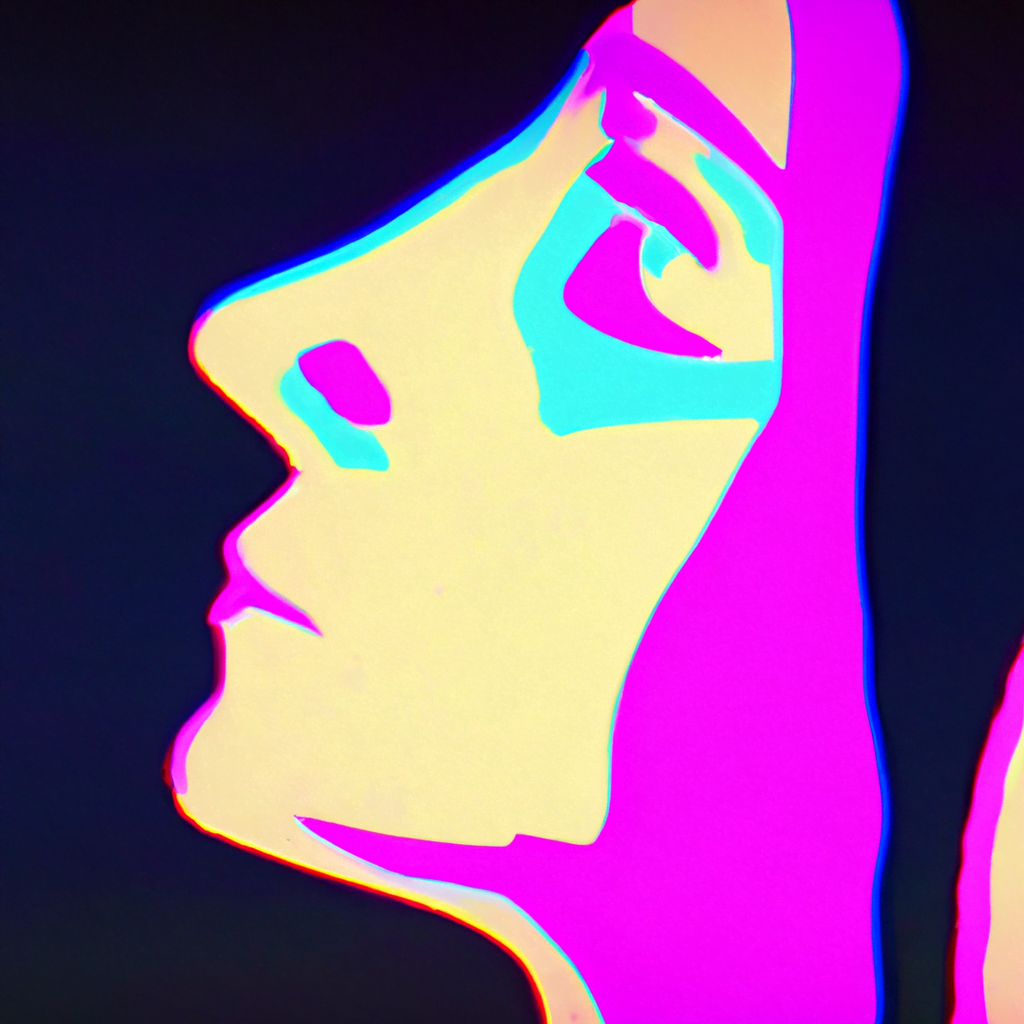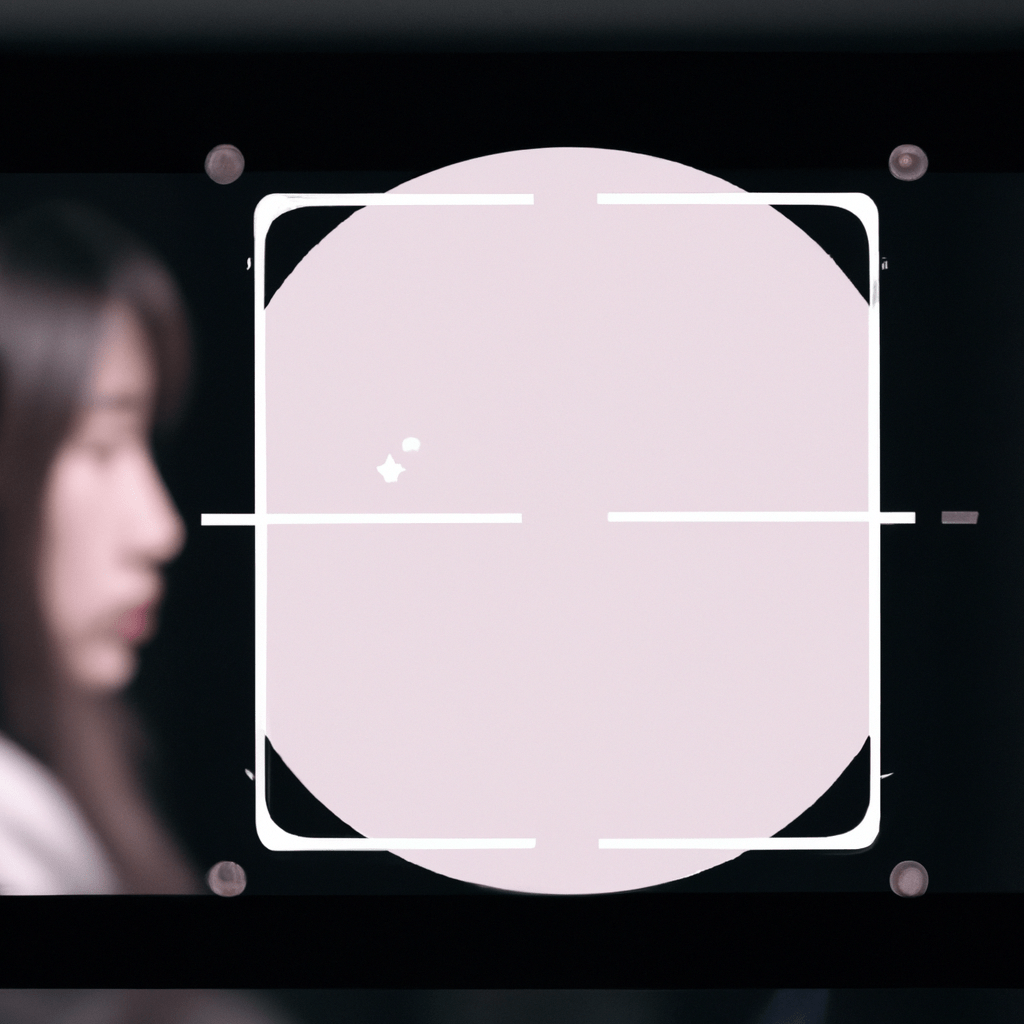
AI in Graphic Design: Revolutionizing the Creative Process

Artificial Intelligence (AI) has been making significant strides in various industries, and graphic design is no exception. With its ability to analyze data, learn patterns, and generate creative outputs, AI is revolutionizing the way designers work. From automating repetitive tasks to assisting in the ideation process, AI is transforming the creative process and pushing the boundaries of graphic design. In this article, we will explore the impact of AI in graphic design and how it is reshaping the industry.
The Rise of AI in Graphic Design
AI has gained prominence in recent years due to advancements in machine learning and deep learning algorithms. These algorithms enable computers to learn from data and make predictions or generate outputs based on that learning. In the field of graphic design, AI is being used to streamline workflows, enhance creativity, and improve efficiency.
Automating Repetitive Tasks
One of the most significant benefits of AI in graphic design is its ability to automate repetitive tasks. Designers often spend a considerable amount of time on mundane and repetitive tasks such as resizing images, cropping photos, or adjusting color schemes. AI-powered tools can now handle these tasks with ease, freeing up designers’ time to focus on more creative and strategic aspects of their work.
For example, Adobe’s Sensei, an AI-powered platform, offers features like Content-Aware Fill, which automatically fills in gaps or removes unwanted elements from images. This tool saves designers hours of manual editing and allows them to work more efficiently.
Enhancing Creativity
AI is not just limited to automating tasks; it can also enhance creativity by providing designers with new ideas and inspiration. By analyzing vast amounts of data, AI algorithms can identify patterns and trends, helping designers stay up-to-date with the latest design styles and techniques.
Designers can also use AI-powered tools to generate design suggestions or variations based on their initial concepts. For instance, Logojoy is an AI-based platform that generates logo designs based on user preferences. It uses machine learning algorithms to understand the user’s style and preferences and creates unique logo options accordingly. This not only saves time but also provides designers with fresh ideas they may not have considered.
Case Studies: AI in Graphic Design
Several companies have already embraced AI in graphic design and are reaping the benefits. Let’s take a look at some case studies that highlight the impact of AI in the industry.
1. Airbnb: Streamlining the Design Process
Airbnb, the popular online marketplace for vacation rentals, has integrated AI into its design process to improve efficiency and consistency. The company developed an AI-powered tool called Sketching Interfaces (SI), which helps designers create wireframes and prototypes quickly.
SI uses machine learning algorithms to analyze existing design patterns and user interactions. It then suggests design elements and layouts based on this analysis, allowing designers to iterate and experiment more efficiently. By automating parts of the design process, Airbnb’s designers can focus on creating unique and engaging experiences for their users.
2. The Grid: AI-Driven Website Design
The Grid is a website builder that uses AI to create custom websites based on user content and preferences. The platform’s AI algorithm, Molly, analyzes the user’s content and generates a unique website design tailored to their needs.
Molly uses machine learning to understand the user’s style and preferences, such as color schemes, typography, and layout. It then applies this knowledge to create a visually appealing and functional website. The Grid’s AI-driven approach eliminates the need for manual design work, making it accessible to users without any design experience.
The Future of AI in Graphic Design
As AI continues to advance, its role in graphic design will only become more prominent. Here are some potential future developments in the field:
1. Augmented Design Assistance
AI-powered design assistants will become more sophisticated, providing real-time feedback and suggestions to designers as they work. These assistants will analyze design choices, offer alternative options, and help designers make informed decisions.
2. Personalized Design Experiences
AI algorithms will be able to understand individual user preferences and create personalized design experiences. Design tools will adapt to each designer’s style, making the creative process more intuitive and efficient.
3. Ethical Considerations
As AI takes on a more significant role in graphic design, ethical considerations will become crucial. Designers will need to ensure that AI algorithms are not biased or perpetuating harmful stereotypes. They will also need to strike a balance between AI automation and human creativity to maintain the uniqueness and authenticity of their work.
Conclusion
AI is revolutionizing the graphic design industry by automating repetitive tasks, enhancing creativity, and improving efficiency. From automating image editing to generating design suggestions, AI-powered tools are transforming the way designers work. Companies like Airbnb and The Grid have already embraced AI in their design processes, streamlining workflows and creating unique design experiences.
As AI continues to advance, the future of graphic design looks promising. Augmented design assistance, personalized design experiences, and ethical considerations will shape the industry in the coming years. Designers who embrace AI as a tool to enhance their creativity and efficiency will be at the forefront of this revolution, pushing the boundaries of graphic design and creating innovative and impactful visual experiences.
